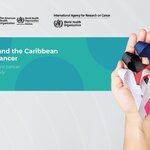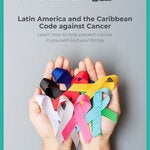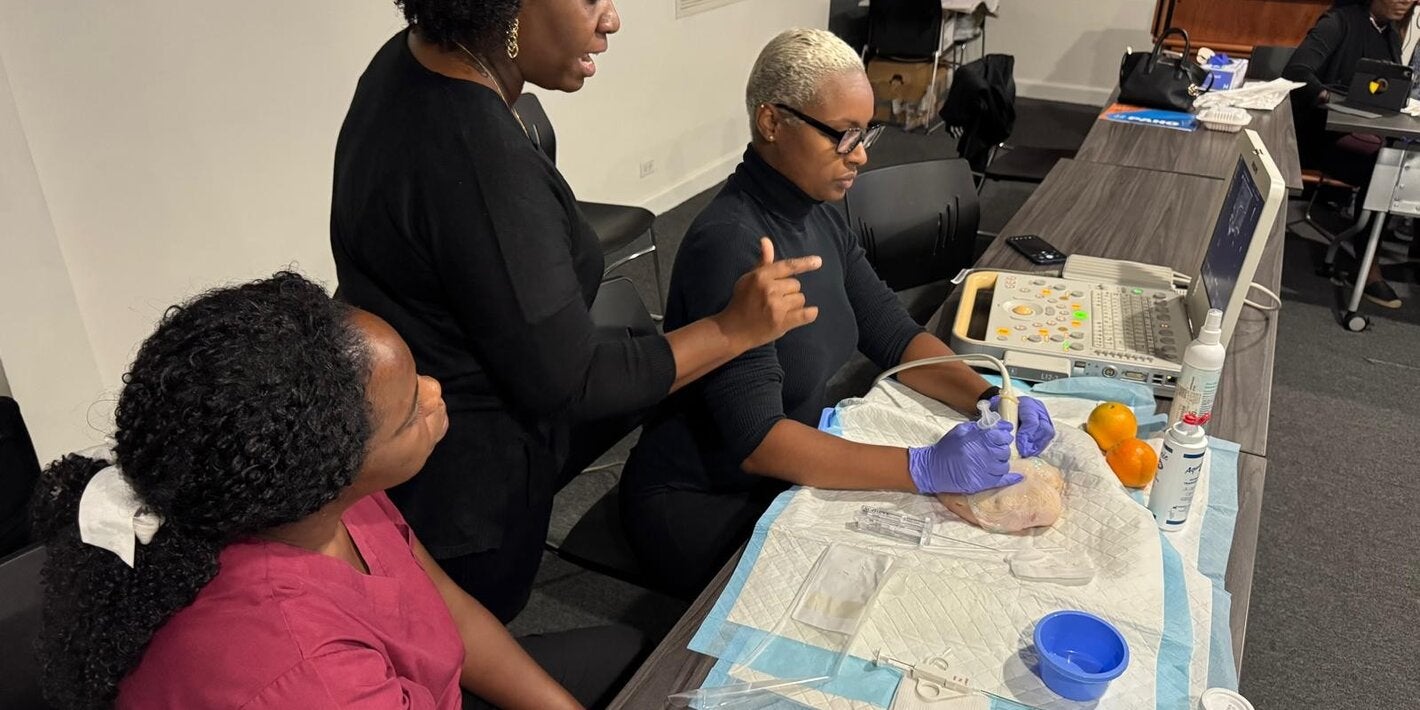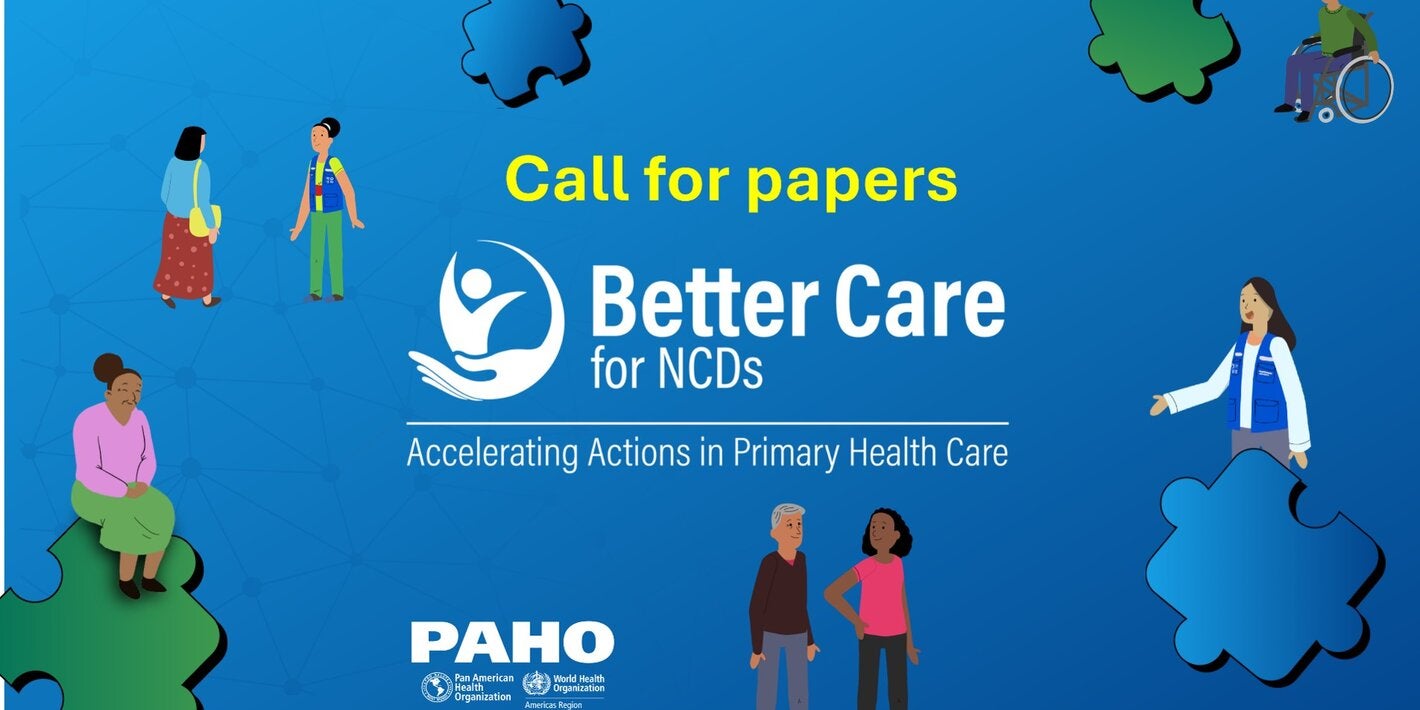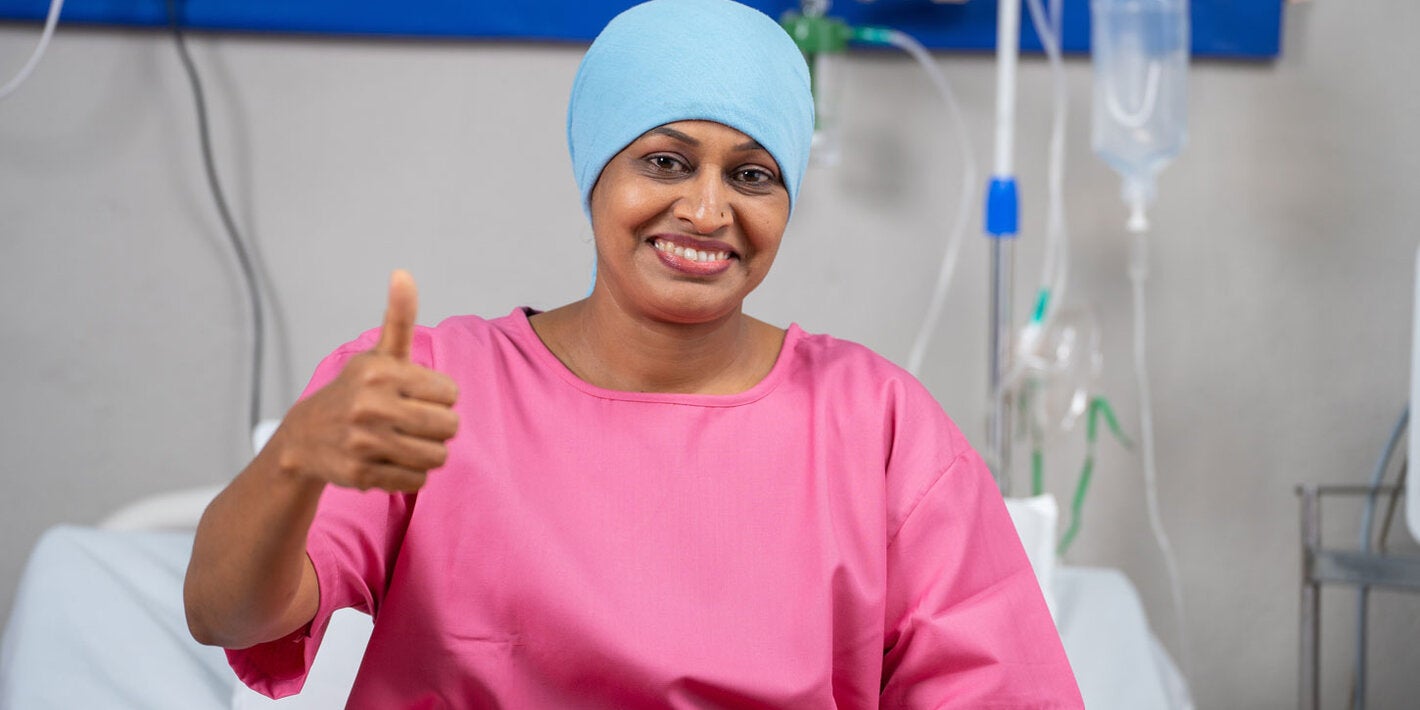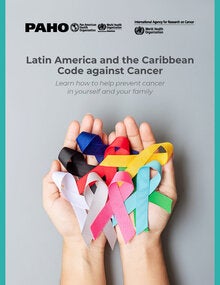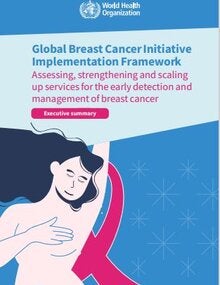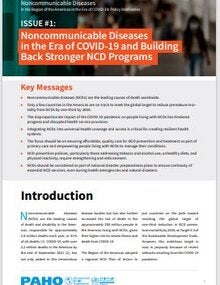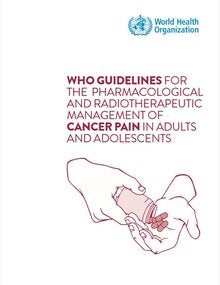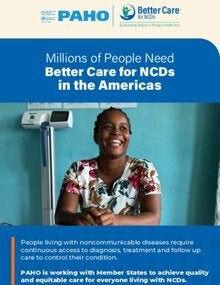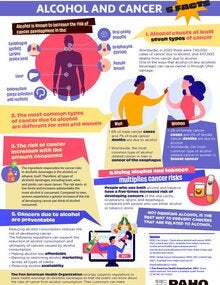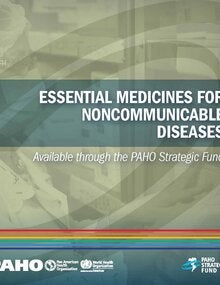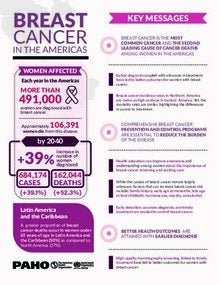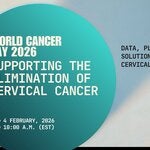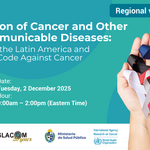Breast cancer is the most frequent type of cancer and the most common cause of cancer death affecting women globally. Breast cancer causes more disability-adjusted life-years lost by women than any other cancer. The burden posed by breast cancer is disproportionally larger in developing countries, where most breast cancer deaths occur prematurely, in women younger than 70 years.
The Americas accounted for nearly a quarter of new breast cancer cases in 2020. In Latin America and the Caribbean, the share of women affected by the disease before the age of 50 years (32%) is much larger than in North America (19%).
The outlook after a breast cancer diagnosis has improved dramatically in high income countries countries, which have experienced a 40% decrease in age-standardized breast cancer mortality between 1980 and 2020, following the introduction of early detection programs and standardized treatment protocols. Effective early detection and access to effective treatment remain a challenge for countries with limited resources, despite there being proven and cost-effective interventions. Substantial improvements in global cancer control can be achieved by implementing what we already know works.
- Breast cancer is the most common cancer and the most common cause of cancer death in women in the Americas.
- In 2020, there were more than 210,000 new diagnoses of breast cancer in Latin America and the Caribbean, and nearly 68,000 deaths.
- Characteristics that are associated with higher risk of developing breast cancer include obesity, alcohol consumption, family history of breast cancer, exposure to radiation, reproductive and hormonal history and tobacco use. Around half of cases develop in women with no identified risk factors other than female gender and age 40 years and older.
- Breast cancer arises in the lining cells of the ducts (85%) or lobules (15%) in glandular tissue of the breast.
- When confined to the duct or lobule where it started, it causes no symptoms, but may progress and invade the surrounding tissue, and eventually local lymph nodes and other organs.
- The burden of breast cancer can be reduced by identifying and treating cancers early, before they give any symptoms. In well-resourced settings, organized screening with mammography is recommended every two years for women aged 50-69 years. In limited-resource settings, where mammography screening programs may not be feasible, clinical breast examination seems to be the way forward (see WHO/PAHO Position Paper and Summary of Recommendations on Mammography Screening).
- Breast cancer most commonly presents as a painless lump in the breast. It is important that women finding an abnormal lump consult a health practitioner as soon as possible even if there is no pain.
- Breast lumps may develop for reasons other than cancer (up to 90%). Breast cancer may present in a many ways, which is why a complete medical examination is important. Other symptoms of breast cancer include breast thickening, alteration in size, shape or appearance of the breast, alterations of the skin such as redness, pitting or dimpling, change in nipple appearance or the skin around (areola), and or abnormal nipple discharge. Advanced breast cancers can erode through the skin and spread to other body parts, triggering additional symptom.
- Breast cancer treatment can be effective, particularly when caught early. It usually entails surgery with or without radiation and medication. The effectiveness of treatment depends on undergoing the full course of treatment.
- Palliative and supportive care help improve the quality of life of patients and their families and may also positively influence the course of illness, aiming to meet the supportive care, psychosocial and spiritual needs of women with breast cancer.
The WHO Global Breast Cancer Initiative aims to reduce global cancer mortality by 2.5% per year, thus avoiding 2.5 million early deaths due to breast cancer between 2020 and 2040 in women under the age of 70 years. The Global Breast Cancer Initiative roots from long-standing commitment from breast cancer advocates worldwide, and is now engaging global partners to coordinate efforts to advance breast cancer control.


